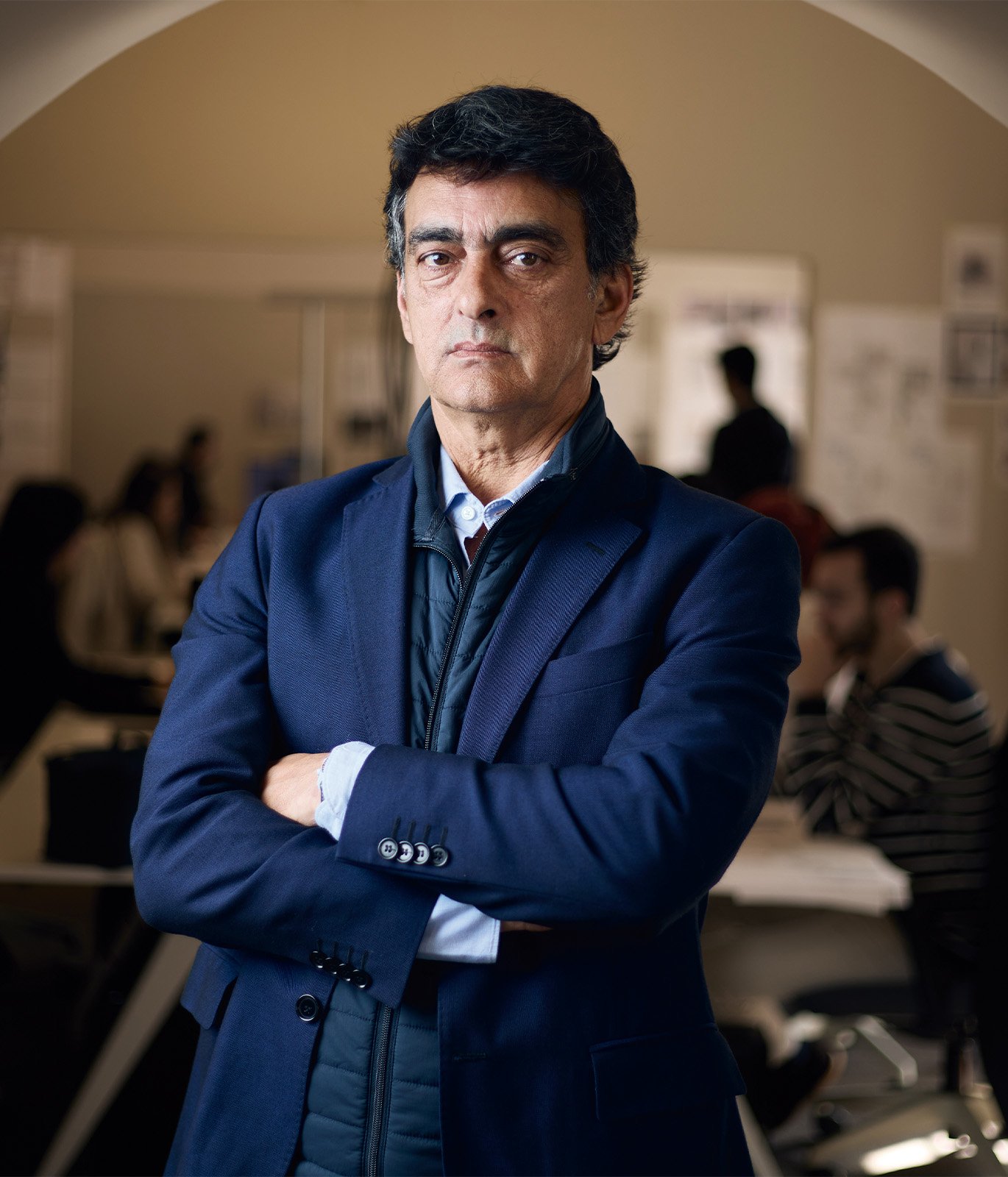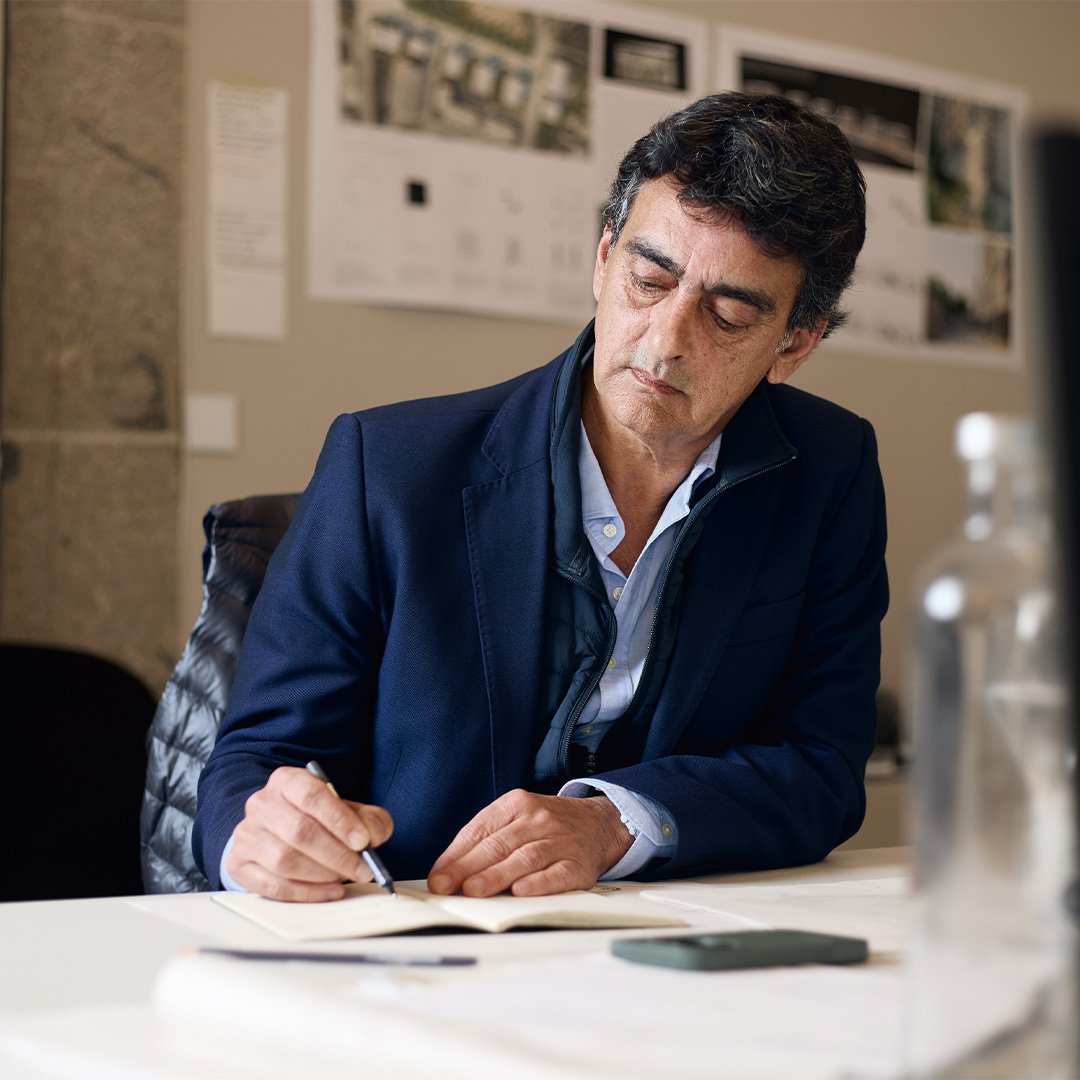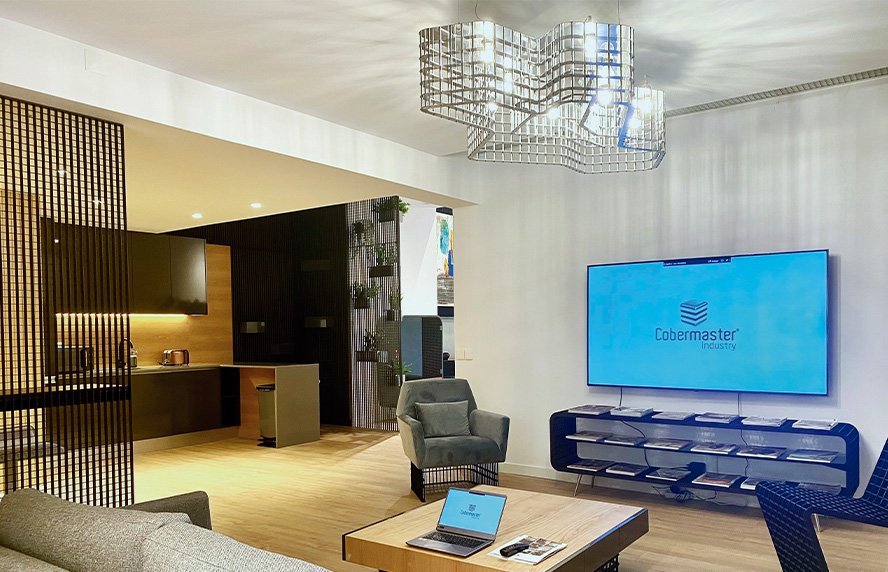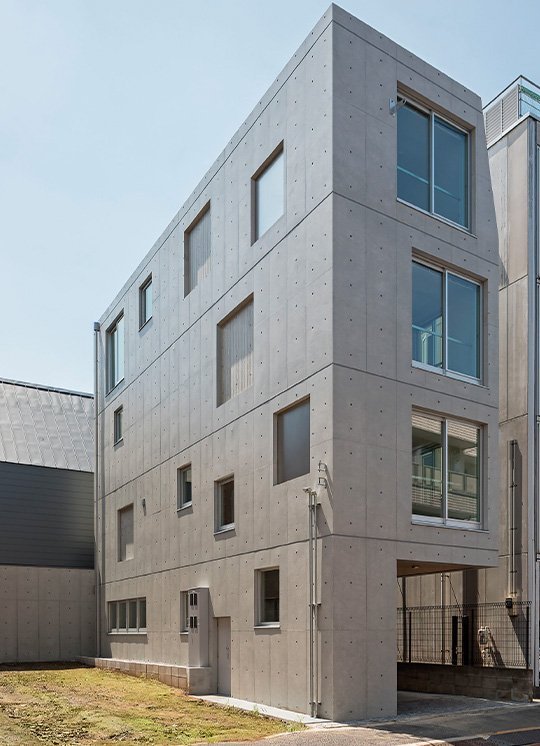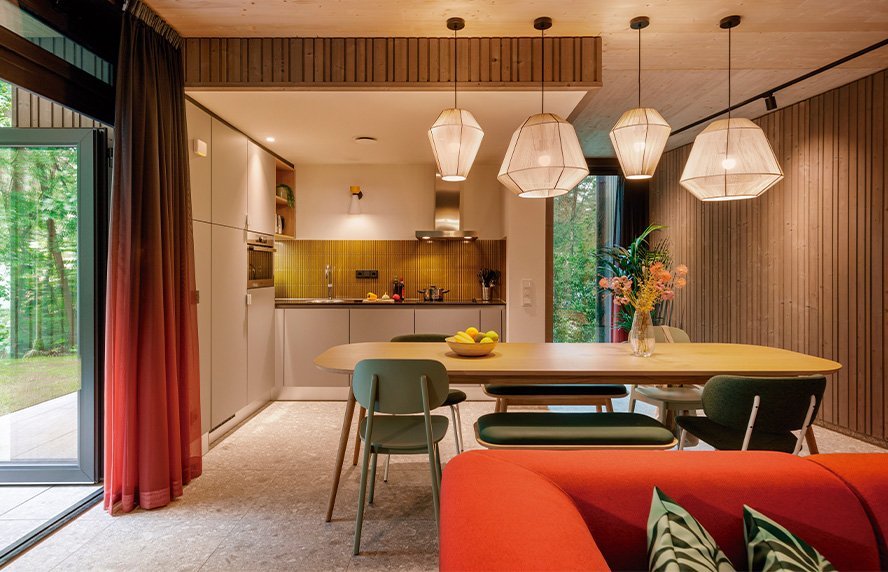Three things that define you?
I don’t get complacent; I question everything and I do things well.
How do you manage your eagerness in everyday life?
I think you get used to living with it, because you can’t control it. But I like it. I’m always looking for new challenges. If I’m not satisfied with my workload, I try to design my own projects to occupy myself. I’m addicted to design. The first job opportunities I had were in industrial design. I ended up getting addicted and finding a critical attitude in design that keeps me entertained. My background is in architecture. But the basis of a project is always drawing. In fact, my first opportunities for project drawing came from design. My father had a factory, and that’s where I designed my first pieces.
What was the first piece you designed?
It was a chair. The prototype is still around. They call it Zé’s Chair. Having started to design with my father, he had a factory, set me on my path. One day, he asked me to design a range of desks. And I gave him my interpretation of what the workplace could be. So instead of a closed range, I designed a system, inspired by Lego, which made it possible to customise the workplace. This type of approach was also reflected in the way I practice architecture, which always involves personalising the response, because a request is just the starting point for what we want to do. But going back to my father’s factory, as I loved architecture, I ended up designing their spaces. The company took part in fairs and I designed the stands.
What made you take up architecture?
I was a good student in sciences. I remember going to Oporto to visit the universities. I visited the Escola Superior de Belas Artes (Superior School of Fine Arts) and I thought it was an incredible world. The interaction between architects, artists and sculptors fascinated me. And since I was good at descriptive geometry, I chose that path. I failed many times... but I made the most of the course (he laughs). It helped me a lot, because I developed a maturity that I didn’t previously have.
When did you start working?
Halfway through the course. As I failed a few times, I felt the need to work because I already had a family and children. I did everything very young. That’s when I started teaching at my parents’ school. From then on, I always worked and studied. When I finished my degree, I was already working in the design department of my father’s factory.
And when did you start out on your own?
After about five years. Until then I was doing projects, both for the factory and for family and friends, which is why I opened the studio alongside this. When the factory closed, I started working solely in the studio. As time went by, I started getting more work, I started teaching at the Universidade Católica and I also started having interns in the studio. I took on more ambitious projects. And so, I gradually grew.
It has been almost 30 years of creating and building dreams. How is it possible to dream bigger and better with each project?
I can’t get complacent. I live and breathe architecture, design and projects. I’m always striving for more. I never like what I do, in the sense that every time I finish something, I want to do something better. Complacency will be my last wish.
Have you ever been encouraged to move your studio to an urban centre, such as Lisbon or Oporto?
I’ve often been challenged: "You should open in Lisbon or Oporto”. Braga, Oporto, Lisbon... it’s all Portugal. I always replied: "When I go, I’ll go for something bigger”. So, the studio moved to São Paulo. And, fortunately, we had good job opportunities. We managed to conquer that market. How did we do it? I have no idea. I think we are not doing a bad job (he laughs).
Does every project take a lot of your essence, as a human and as a creative person?
It does, a lot. I dedicate as much time as needed to each project. I’m always thinking about them. Sometimes I get confused, in a healthy way, but the truth is that the projects end up influencing each other. The fact that we work in culturally different countries also contributes to the development of new interpretations. If, on the one hand, we take an approach that strengthens our identity, on the other hand we gather new experiences that become references over time.
What takes precedence when it comes to designing a project for the client?
The most important thing is the client. The client defines the project. I usually say that the architecture has the client’s face (figuratively speaking). I try to understand the client as much as possible and exceed their expectations. In the vast majority of cases, the client never gets the answer they expected from me. And that’s a good thing, because if they knew what to expect, perhaps they wouldn’t come to me and wouldn’t need an architect.
How do you deal with demanding clients?
The most difficult clients are the least demanding. They’re the ones who, from the outset, give us total freedom. But architecture is made of constraints, both in terms of expectations and economically. It’s these constraints that help us prioritise our options. And architecture is also made of choices. Some clients give us carte blanche for the project’s development which, on the one hand, makes the process more difficult because it raises expectations and, on the other, makes the work more of a challenge. All projects are beautiful, as long as you understand the essence of the request, that is the starting point. From there, we have to work our way towards what is expected of the project. I don’t like it when people like what they see immediately. It’s something that has to be internalised and only then can they fall in love. Architecture is much more than a drawing. Drawing is a way of communicating, but then there are things that are felt, not explained. That’s what sets architecture apart. And our architecture has a lot of that.
What’s most important in architecture, the design, the beauty or the efficiency of the spaces?
It’s everything. It’s the balance of everything. There is no architecture without design. On the other hand, design isn’t everything and beauty is in the eye of the beholder. It has to be well sustained, well defined. As human beings, we adapt easily to different situations. That said, I believe that a conventional organisation probably won’t respond in the most efficient way to a given project. A project doesn’t have to be conventional. Why can’t we question the way we see things? It’s all a sequence of reflections, options, thoughts, so it is in this balance between expectation, location, client, light, materialities and functionalities that we find the whole. And that well-designed "whole” will have the client’s face on it.
The Carvalho Araújo studio is renowned for its excellent architectural and product design work. You have worked hard to achieve this reputation. How would you like to be remembered one day?
We try to do things well and, if we succeed, sooner or later people will acknowledge it. More than being remembered (because I won’t be here anymore), I like the fact that people don’t know what’s in store for them when they come to see us. That gives me a certain pleasure. Architecture is like love; it goes through all the stages. The first moment is that of seduction (I love that moment). That’s when I try to understand what’s in the client’s soul and the commission. Then comes the enchantment part and, finally, comes the worst (procedural issues, construction issues...), at which point I usually jump ship (he laughs). But I have a fabulous team that can handle things. On how to be remembered... I have no idea how I’d like to be remembered, probably because I don’t like the idea. Perhaps the fact that I don’t think about it is a sign that I’m still well.
"Architecture is like love; it goes through all the stages”
